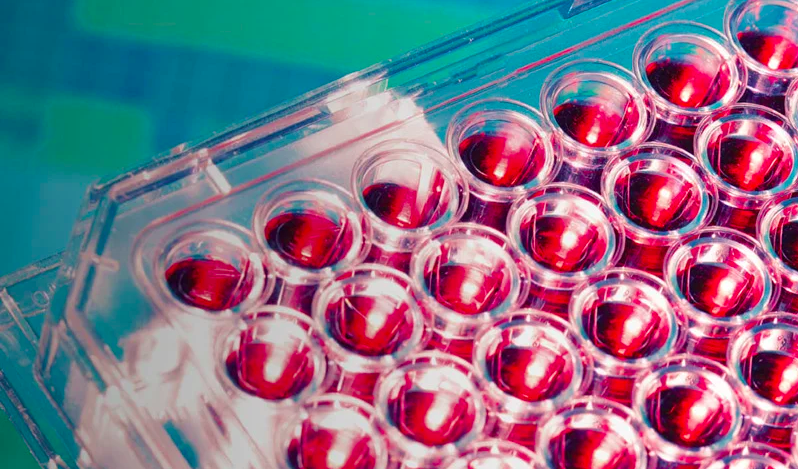Sexual Health | Bacterial STIs and related conditions | Ano-rectal STIs



Ano-rectal STIs
Session Overview
Description
This session covers the specialist investigation and management of ano-rectal and enteric sexually-transmitted infections (STIs), including the selection of an appropriate range of tests. Appropriate surgical and medical referral criteria will also be covered.
Learning Objectives
By the end of this session you will be able to:
- Recall the prevalence of selected STIs in the rectum in different populations
- Select appropriate laboratory tests for ano-rectal investigation, particularly in acute proctitis
- Specify when to use blind sampling and when and how to use a proctoscope
- Select appropriate anti-microbial therapy for rectal STIs, understanding why this may differ from infection at other sites
- Investigate and manage sexually-associated enteric infections
- Advise patients about the risk of transmission of STIs from anal sex
- Advise appropriate follow-up testing for associated blood-borne viruses
Prerequisites
Before commencing this session you should complete the following:
- Session - 01_11 Examination of Extra-genital Sites (260_0011)
- Session - 02_03 Nucleic Acid Amplification Tests (260_0020)
- Session - 02_04 Diagnosing Gonorrhoea (260_0021)
- Session - 02_05 Diagnosing Chlamydia (260_0022)
- Session - 02_06 Diagnosing Syphilis (260_0023)
Ano-rectal sexual practices make up part of the sexual repertoire for many individuals, including those who enjoy receptive anal intercourse and oral–anal sexual contact.
Men and women may be at risk of sexually transmitted infections (STIs) through this type of sex, and these infections may lead to symptomatic perianal or anal lesions as well as proctitis or enteritis (Fig 1).
Some STIs can infect the ano-rectal region without any direct inoculation. The sexual health practitioner needs to be aware of the clinical spectrum of ano-rectal STIs and the specific diagnostic and management interventions needed to deal with such infections effectively and sensitively.
- Anaesthesia Fundamentals | Physiology | Materno-fe...
- Posted By eIntegrity Healthcare e-Learning
- Posted Date: 2024-11-13
- Location:Online
- This session will explain fetal circulation and the changes which occur at birth.
- Anaesthesia Fundamentals | Physiology | Functions ...
- Posted By eIntegrity Healthcare e-Learning
- Posted Date: 2024-11-13
- Location:Online
- This session will explore the functions of the placenta and will provide the necessary understanding for a doctor starting in obstetric anaesthesia.
- Anaesthesia Fundamentals | Physiology | Physiology...
- Posted By eIntegrity Healthcare e-Learning
- Posted Date: 2024-11-13
- Location:Online
- This session will explore the changes in gastrointestinal, central nervous system, endocrine, renal and musculoskeletal physiology providing the necessary understanding for a doctor starting in obstetric anaesthesia.
- Anaesthesia Fundamentals | Physiology | Physiology...
- Posted By eIntegrity Healthcare e-Learning
- Posted Date: 2024-11-13
- Location:Online
- This session will explore the changes in cardiovascular, haematological and respiratory physiology during pregnancy and labour, providing the necessary knowledge for a doctor starting out in obstetric anaesthesia.
- Anaesthesia Fundamentals | Physiology | Thyroid an...
- Posted By eIntegrity Healthcare e-Learning
- Posted Date: 2024-11-13
- Location:Online
- This session is split into two sections. The first outlines the physiology of the thyroid gland and homeostatic control of thyroid hormone secretion. The second describes and explains the body’s mechanisms for controlling plasma calcium concentrati

